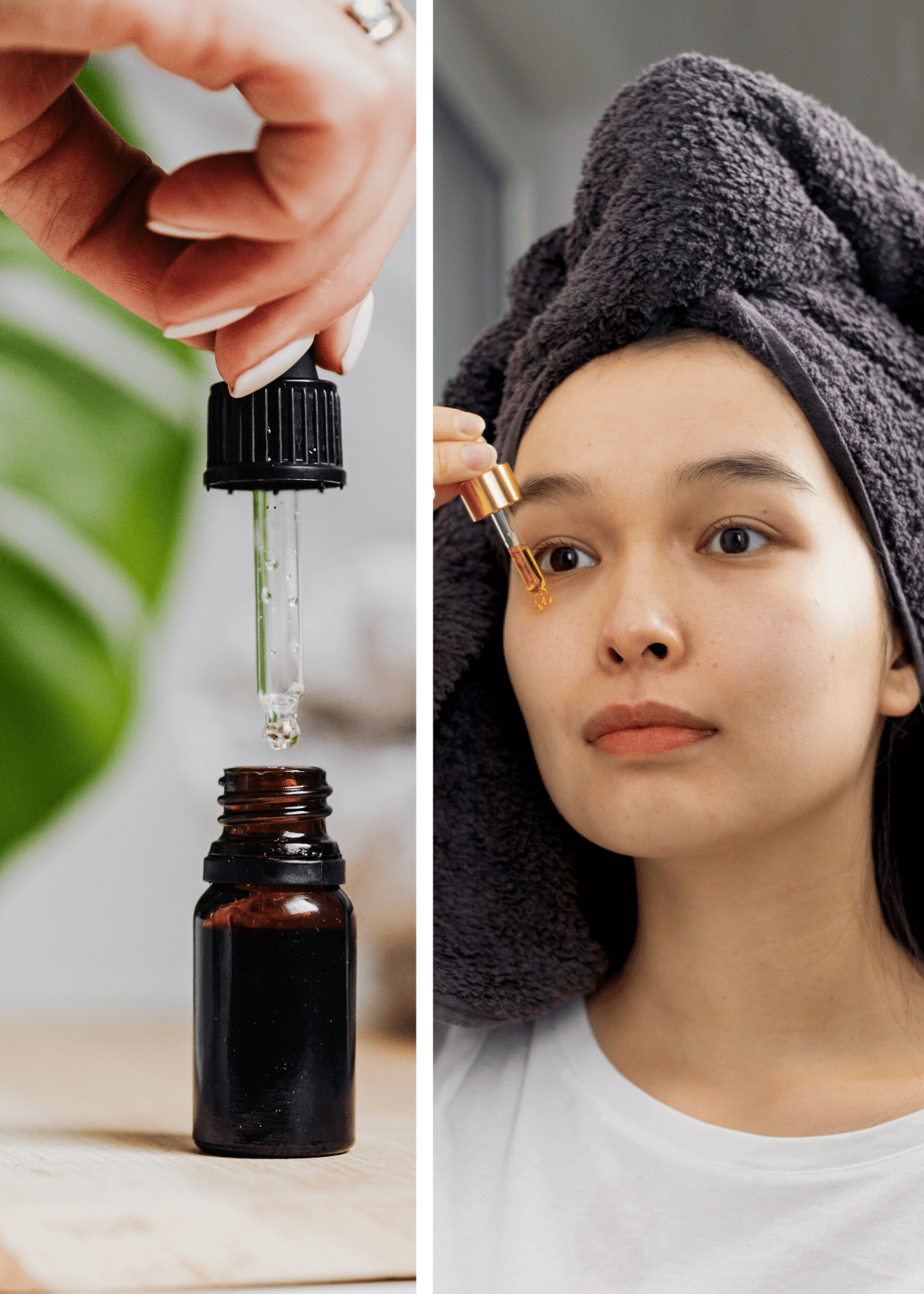Hello there, skin care enthusiasts! Have you ever found yourself standing in front of a skincare aisle, squinting at the tiny labels, and wondering what the heck AHA and Retinol are? Well, worry no more, because we're about to embark on a playful journey into the world of these skincare superheroes.
AHA (Alpha Hydroxy Acids) and Retinol are like the Batman and Robin of skincare - they swoop in to save your skin from dullness, aging, and acne. AHA exfoliates your skin, revealing a brighter complexion underneath, while Retinol speeds up cell turnover, helping to smooth wrinkles and reduce blemishes. Sounds like magic, right?
But wait! Don't run off to slather these all over your face just yet. There's more to learn about how to use them effectively without turning your face into a tomato. So stick around, as we delve deeper into the science behind AHA and Retinol, their benefits, and how to incorporate them into your routine without causing a skincare catastrophe. Let’s unleash your inner glow, one ingredient at a time!
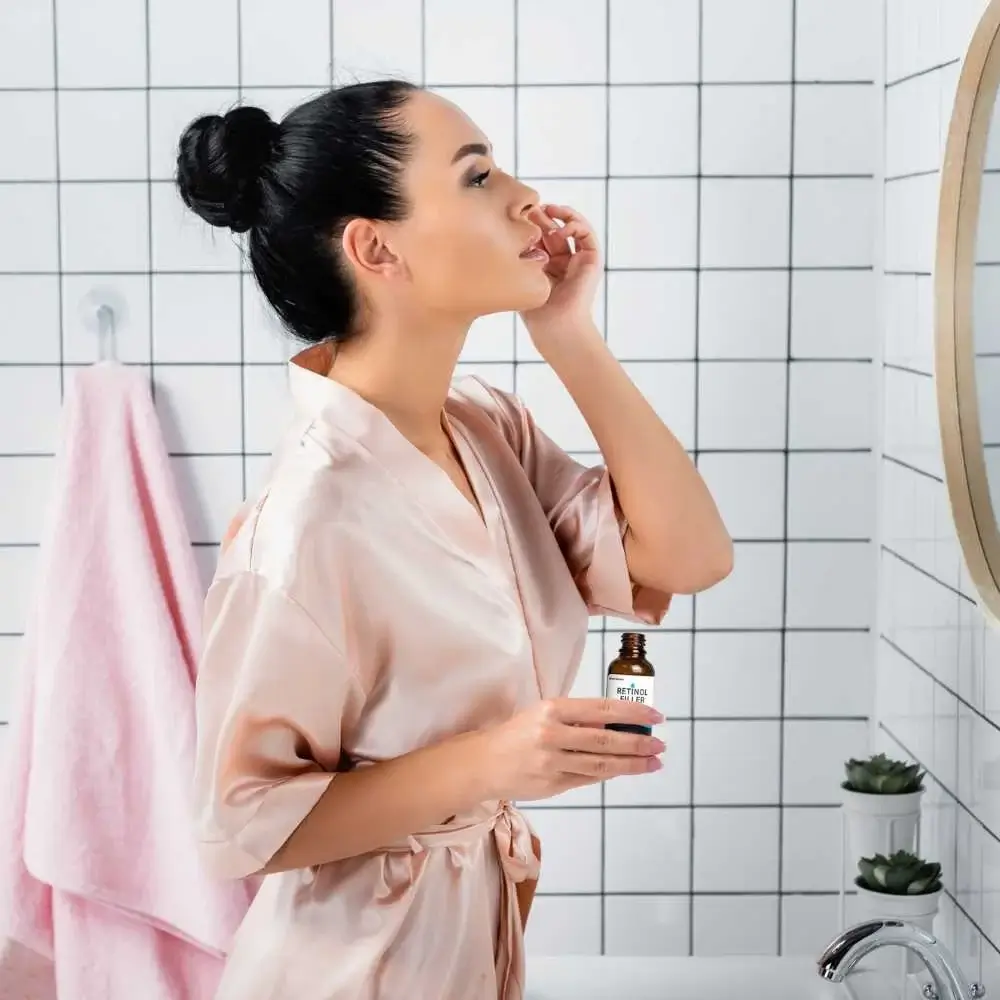
Welcome to the World of AHA and Retinol!
You've probably heard of AHA and Retinol, two buzzwords that have taken the skincare world by storm. But what exactly are they? Let's start with the first superhero in our skincare saga: AHA.
Unmasking AHA (Alpha Hydroxy Acids)
AHA, short for Alpha Hydroxy Acids, is like that friend who always brightens up your day. It's a group of plant and animal-derived acids used in a variety of skincare products. These magical compounds are known for their exfoliating prowess, helping to remove the layer of dead skin cells on the surface of your skin.
The Magic of AHA
Imagine your skin as a city. Over time, debris builds up, blocking the city's glow. That's where AHA comes in, acting like a cleaning crew that sweeps away the grime to reveal a brighter, smoother cityscape - or in this case, your skin!
Navigating the AHA Landscape
Now, not all AHAs are created equal. There are several types, each with its unique benefits. Glycolic acid, for instance, is derived from sugar cane and is known for its deep penetrating abilities. Then there's lactic acid from sour milk, which is milder and perfect for sensitive skin.
AHA Side Effects: A Word of Caution
Like any superhero, AHA has its kryptonite. Overuse can lead to skin irritation, redness, and increased sensitivity to the sun. So, always remember - with great skincare power comes great responsibility!
In the next part of our journey, we'll unmask Retinol, another skincare superstar. Stay tuned!
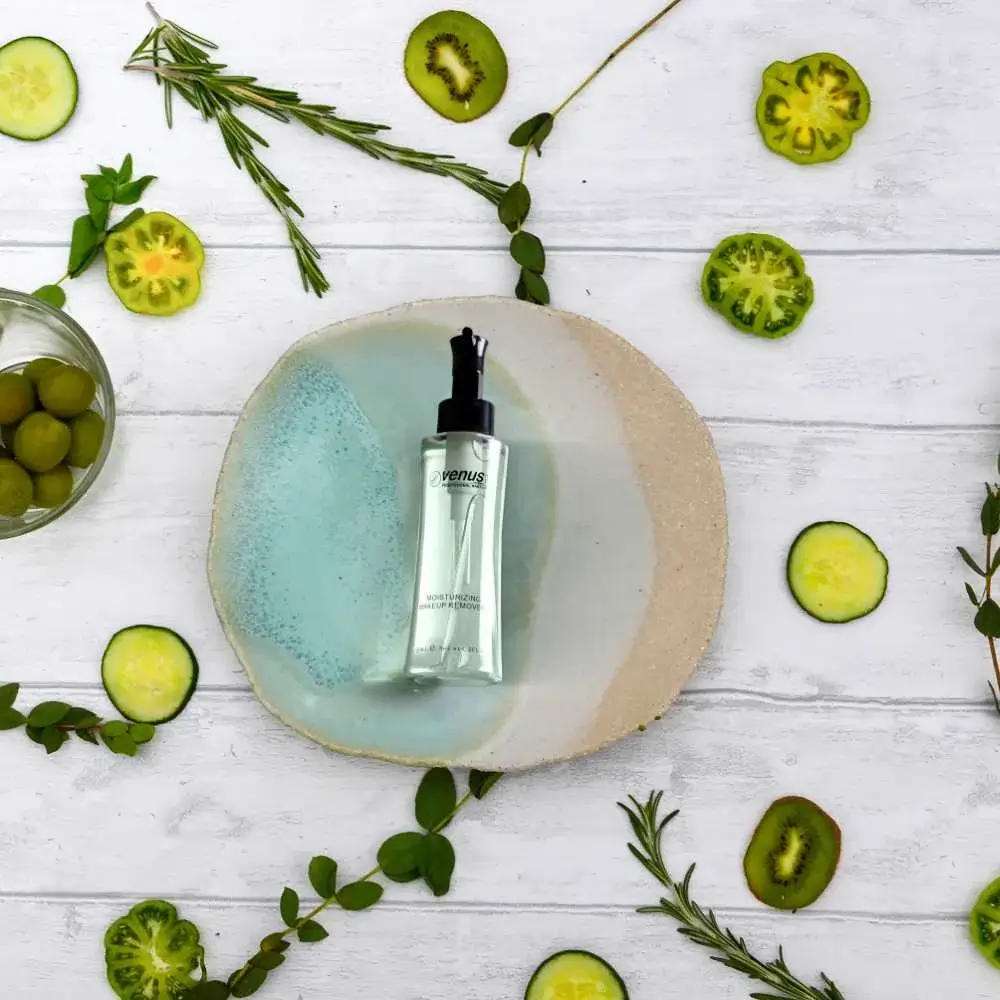
Enter the World of Retinol
As we continue our journey in the realm of AHA and Retinol, it's time to uncover the mystery of the second member of our skincare duo - Retinol.
Meet Retinol: The Time Traveler of Skincare
If AHA is the cleaning crew of your skin city, consider Retinol the architect. Retinol, a form of Vitamin A, has the remarkable ability to communicate with your skin cells, telling them to behave like younger, healthier versions of themselves. It's like having a tiny time machine at your fingertips!
Understanding the Role of Retinol
Retinol works its magic by speeding up cell turnover, which means it helps your skin shed its old, dull cells and replace them with new ones. This process can help smooth out wrinkles, reduce blemishes, and give your skin a more youthful appearance.
Retinol's Superpowers
Imagine you're looking at an old, faded photograph. Now imagine you could somehow reach into that photo and bring it back to life, making it vibrant and full of color again. That's essentially what Retinol does for your skin. It's like a little bottle of "Photoshop," helping to erase the signs of aging and reveal a fresher, younger-looking you.
Retinol Side Effects: Proceed with Caution
While Retinol might sound like a dream come true, it's important to note that it can have some side effects. Using too much too soon can lead to redness, dryness, and skin irritation. It's like getting a superpower but needing to learn how to control it. So, start slow, listen to your skin, and remember, patience is key when it comes to Retinol!
With a better understanding of both AHA and Retinol, you're well on your way to becoming a skincare superhero yourself! Stay tuned for our next chapter, where we'll discuss how to incorporate these power-packed ingredients into your skincare routine.
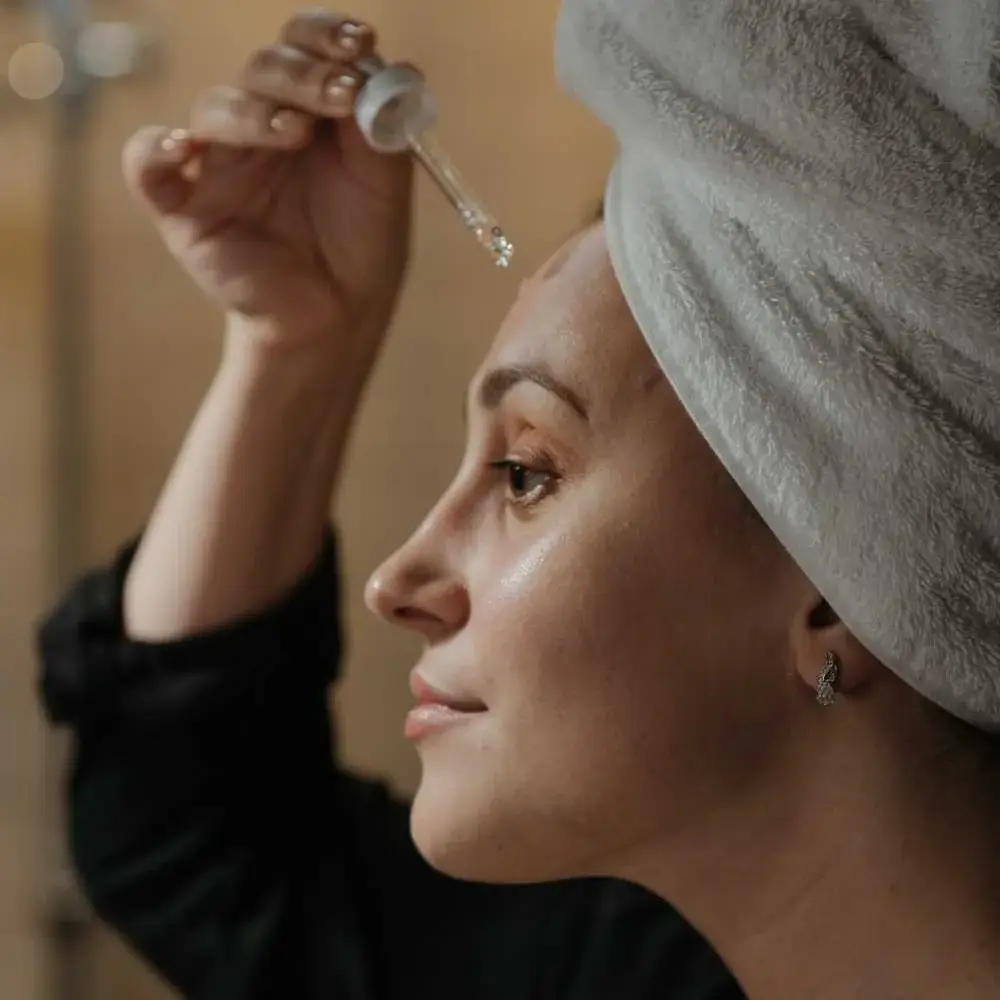
A Deep Dive into AHA and Retinol: Your Skincare Superheroes
In the realm of skincare, two ingredients have been making waves for their proven effectiveness and transformative results - AHA and Retinol. These power-packed components have become essential in many skincare routines worldwide. But what exactly are they, and how do they work? Let's unmask these superheroes!
AHA: The Exfoliating Expert
AHA, short for Alpha Hydroxy Acids, is a group of naturally occurring compounds found in various fruits and milk. AHAs are known for their exfoliating prowess, gently sloughing off dead skin cells on the surface of your skin to reveal a brighter, smoother complexion underneath.
Different types of AHAs like glycolic acid, lactic acid, and mandelic acid cater to diverse skin needs. For instance, glycolic acid penetrates deep into the skin, making it ideal for tackling signs of aging, while lactic acid is gentler and perfect for sensitive skin.
However, with great power comes great responsibility. Overuse of AHAs can lead to skin irritation, redness, and increased sun sensitivity. Thus, it's crucial to introduce them slowly into your routine and always use sun protection.
Retinol: The Age-Defying Warrior
Next up in our skincare saga is Retinol, a derivative of Vitamin A. Often referred to as the 'gold standard' in skincare, Retinol works by accelerating cell turnover. This process helps shed old, dull skin cells and replace them with new ones, reducing the appearance of fine lines, wrinkles, and blemishes.
Retinol is like a personal trainer for your skin cells, instructing them to behave like younger, healthier versions of themselves. However, similar to starting a new workout regimen, introducing Retinol into your skincare routine requires patience and caution. Starting with lower concentrations and gradually increasing can help minimize potential side effects like dryness and irritation.
AHA and Retinol: A Powerful Duo
When used correctly, AHA and Retinol can work together to deliver radiant, youthful-looking skin. While AHA works on the skin's surface to improve texture and tone, Retinol dives deeper to address signs of aging at the cellular level.
However, it's essential to note that using AHA and Retinol simultaneously can potentially lead to over-exfoliation and skin irritation. To avoid this, consider alternating their use - AHA products in the morning and Retinol at night, or AHA on one day and Retinol on the next.
AHA and Retinol are indeed skincare superheroes, each with unique abilities to transform your skin. Incorporating these ingredients into your skincare routine can help you fight the signs of aging, improve skin texture, and reveal a brighter, more youthful complexion. Remember, every superhero needs time to harness their powers, and the same goes for AHA and Retinol. So, be patient, pay attention to your skin's needs, and get ready to uncover your skin's true potential!
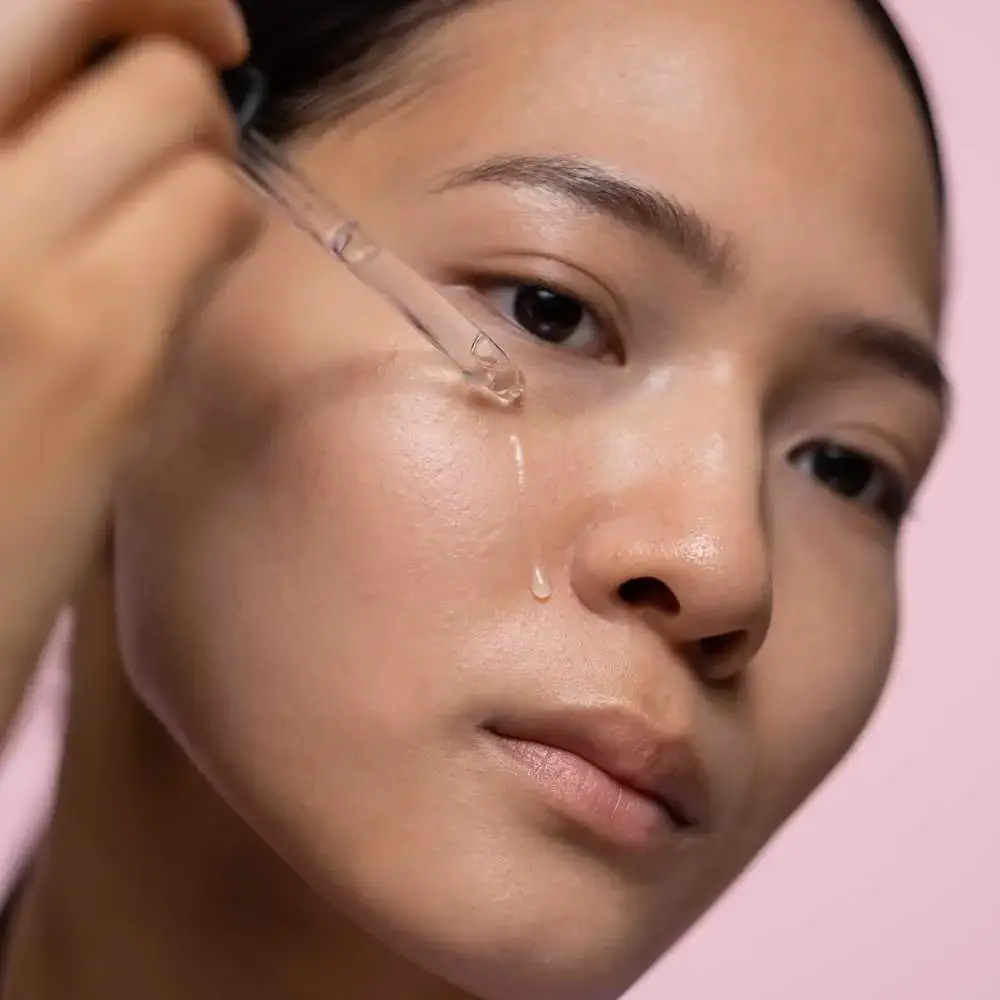
The Dynamic Duo: AHA and Retinol
In the ever-evolving world of skincare, there are two ingredients that have consistently held their ground as effective agents for skin transformation - AHA and Retinol. These two power-packed ingredients have been touted as skincare superheroes, helping to combat a range of skin issues from aging to acne. But what exactly are AHA and Retinol, and how do they work? Let's dive in.
Unveiling AHA: The Exfoliation Champion
Alpha Hydroxy Acids, better known as AHAs, are water-soluble acids derived from sugary fruits. They work on the surface of your skin, helping to brighten your complexion and reduce the appearance of wrinkles. By promoting cell turnover, AHAs gently exfoliate the skin, removing dead skin cells and revealing a fresher, smoother layer underneath.
There are several types of AHAs, including Glycolic Acid, Lactic Acid, and Mandelic Acid, each with its unique benefits. For instance, Glycolic Acid penetrates deeply into the skin, making it particularly effective for treating fine lines, acne, blackheads, and dullness.
Decoding Retinol: The Anti-Aging Warrior
Retinol, on the other hand, is a derivative of Vitamin A and is praised for its age-defying benefits. It works at a deeper level by boosting the production of collagen, the protein responsible for maintaining the skin's elasticity and firmness. By speeding up cell turnover, Retinol helps to smooth wrinkles, reduce the appearance of hyperpigmentation, and unclog pores, making it an effective treatment for acne.
Combining AHA and Retinol: A Skincare Symphony
When used together, AHA and Retinol can significantly enhance each other's benefits. The exfoliating action of AHAs allows Retinol to penetrate deeper into the skin, increasing its effectiveness. However, this powerful combination should be used wisely. Both AHA and Retinol can cause skin sensitivity, so it's essential to use a high-spectrum sunscreen during the day and to start with lower concentrations to see how your skin reacts.
The Power of AHA and Retinol
In conclusion, AHA and Retinol form a formidable team in the quest for healthy, youthful skin. Whether you're looking to brighten your complexion, smooth out wrinkles, or combat acne, these two ingredients can help you achieve your skincare goals. Remember, everyone's skin is different, so what works for one person may not work for another. Always listen to your skin and adjust your routine accordingly. With the right approach, AHA and Retinol can be your allies in achieving the glowing skin you've always wanted.
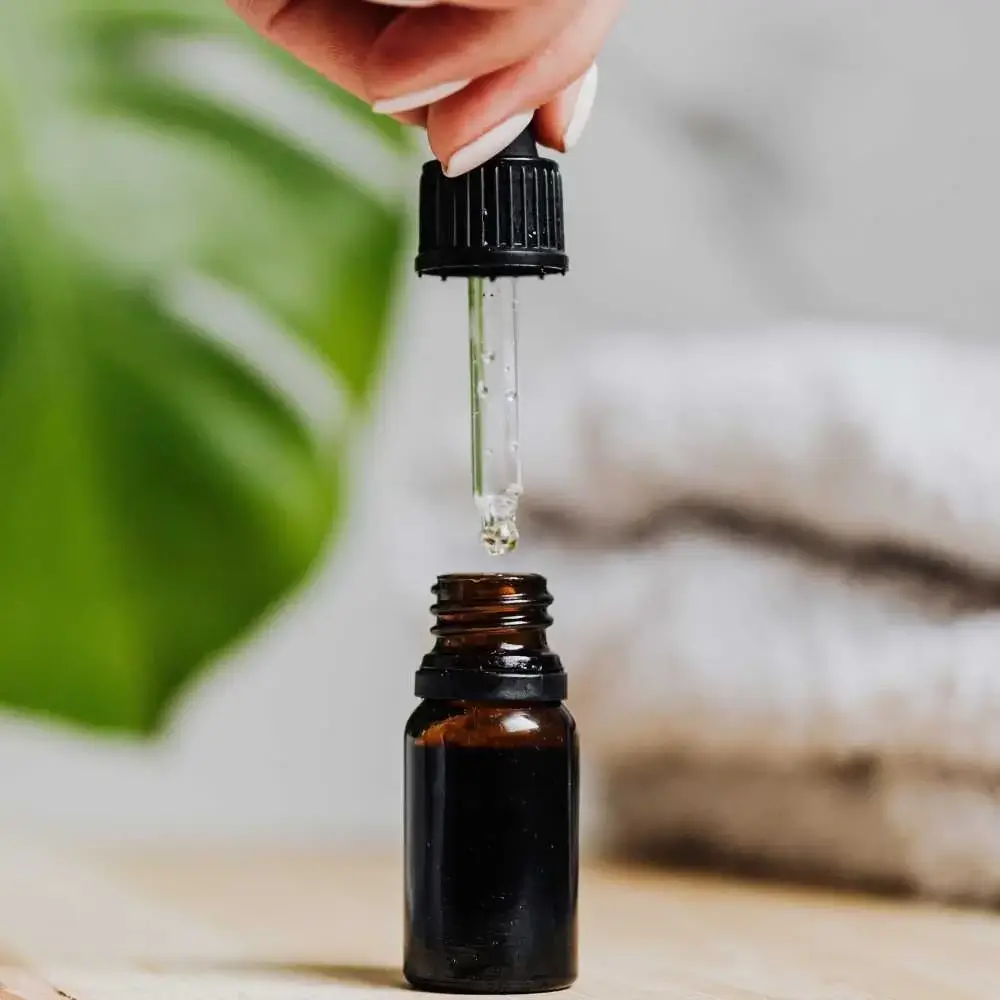
Your Ultimate Guide to the FAQs about AHA and Retinol
Ready to play skincare detectives? Let's dive into the world of two celebrated skincare superstars - AHA, also known as Alpha Hydroxy Acid, and the age-defying wonder, Retinol! You've probably seen these names pop up everywhere, from your favorite lotions to those fancy face masks. But what exactly do they do? Can they play nice together in your skincare routine? And hang on, does AHA really have a caffeine kick? Buckle up, beauty lovers, because we're about to demystify all these questions so you can make savvy decisions for your skin!
What is AHA?
Alpha Hydroxy Acids, commonly known as AHAs, are a group of natural and synthetic acids widely used in skincare products. These acids are derived from different food and plant sources, including sugary fruits and milk. They work on the surface of the skin, promoting exfoliation by loosening and removing the layer of dead cells. This process reveals newer, smoother, and more evenly pigmented skin underneath. AHAs are praised for their ability to improve skin texture, brighten complexion, reduce the appearance of fine lines and wrinkles, and enhance absorption of other skincare products. Examples of AHAs include Glycolic Acid, Lactic Acid, and Mandelic Acid, each with its unique benefits and suitability for different skin types.
What is Retinol?
Retinol is a form of Vitamin A that's a real game-changer in the skincare world. It's like a magic wand for your skin, working its wonders deep down at a cellular level. By boosting the production of collagen (hello, plump and firm skin!) and accelerating cell turnover, it helps to smooth out wrinkles, reduce the appearance of dark spots, and unclog pores. This makes it a triple threat against aging, hyperpigmentation, and acne! So, if you're dreaming of youthful, radiant skin, Retinol might just be your new best friend! Just remember, Retinol is quite powerful, so it's essential to start slowly and always use sunscreen during the day, as it can make your skin more sensitive to the sun. Now go forth and glow!
Can You Use AHA and Retinol Together?
While both of these are superstars in their own right, using them together requires a bit of caution. You see, both AHA and Retinol are potent and can potentially cause skin irritation if misused. But don't worry, they can still be part of your skincare squad! The trick is to use them at the right times. It's generally recommended to use AHA in the morning (followed by sunscreen, of course!) and Retinol at night. This way, you're giving your skin a chance to adjust and reap all the benefits of both, without overwhelming it. So yes, you can use AHA and Retinol together—just not at the same time! Remember, skincare is all about balance, so listen to your skin and adjust as necessary.
How long after retinol can I use AHA?
Retinol, the night owl, prefers to work its magic while you're catching some Z's, so it's best to apply it before bedtime. On the other hand, AHA, the early bird, loves to freshen up your skin in the morning, preferably followed by a good SPF to protect your newly exfoliated skin from the sun. Generally, it's recommended to wait until the next morning after using retinol to use your AHA product. This way, you avoid overloading your skin and give both products the chance to shine in their own time. Remember, it's all about balance, and giving each product its spotlight can lead to the glowing, healthy skin you've been dreaming of!
How do you use AHA BHA and retinol together?
While these three skincare powerhouses can work wonders, it's important not to overwhelm your skin by using them all at the same time. Start by using AHA and BHA in the morning, as they exfoliate the skin's surface, leaving it fresh and ready for the day. Don't forget to follow up with a good SPF as these acids can make your skin more sensitive to the sun. As for Retinol, this night owl likes to get to work while you snooze, helping to boost collagen production and cell turnover. So apply your retinol in the evening, allowing it to work its magic overnight. Remember, it's essential to keep an eye on your skin's reaction and adjust your routine if necessary - too much of a good thing can sometimes lead to irritation. Happy skincare balancing!
Looking to give your skin a major glow-up? Want to say goodbye to pesky wrinkles and annoying acne breakouts? Well, guess what? Your skincare superheroes, AHA and Retinol, are here to the rescue!
These two powerhouse ingredients are like the dynamic duo of skincare. They join forces to improve your skin texture, tone, and clarity, all while keeping those fine lines at bay. And the best part? They do all this without any unwanted side effects when used correctly. So go ahead, give them a whirl! Just remember, they're pretty potent, so it's best not to use them both at once to avoid any potential irritation or sensitivity.
Navigating the ever-changing world of beauty trends can be a bit like trying to find a needle in a haystack. But don't worry, we've got your back! We've put on our detective hats, done the hard work, and curated a list of the best AHA (alpha hydroxy acids) products out there. Whether you're on the hunt for a fabulous face wash or a sensational serum, our list has got something to fit into your beauty routine. So, click the link, find your perfect match, and get ready to glow because beautiful skin starts with the right beauty base!
Read our article about best natural shampoo for men here!
Read our article about best clear lip gloss here!
Read our article about best drugstore face wash here!


